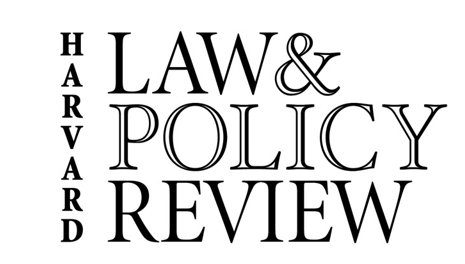Second in the HLPR Case Comment series: McCullen v. Coakley: How Should We Reconcile the First Amendment with Abortion Rights? Revisiting the Supreme Court’s June decision regarding protestors or “counselors” who located near the entrances to abortion clinics, Ana Choi examines the conflict between free speech rights and abortion rights in this case.
McCullen v. Coakley: “Something for Everyone”
By Ana Choi
The Supreme Court has handed down its decision in McCullen v. Coakley, holding that the Massachusetts statute creating a 35 feet buffer zone around abortion clinics is unconstitutional on First Amendment grounds. Although the holding is unanimous, the majority opinion (written by C.J. Roberts and joined by JJ. Ginsburg, Breyer, Sotomayor, and Kagan) and the two concurring opinions (one written by J. Scalia and joined by JJ. Kennedy and Thomas, the other written by J. Alito) reveal a deeply divided court.
The point of contention is whether the statute is content-neutral. This matters because in First Amendment jurisprudence, different levels of scrutiny apply depending on whether or not the statute in question is content-neutral. If the statute is content-neutral, it has to be “narrowly tailored to serve a significant governmental interest”; if it is content- or viewpoint-based, it must be the “least restrictive means of achieving a compelling state interest” (strict scrutiny). The majority found that the statute is content-neutral but is not narrowly tailored enough to survive the second prong of the test. On the other hand, the concurring justices argued that the statute is not content-neutral and therefore must be subjected to strict scrutiny. All of this may seem like an argument over semantics, given that both interpretations lead to the same result of unconstitutionality. However, by finding that the statute is content-neutral, the Court has managed to craft a decision that, in the words of J. Scalia, “has Something for Everyone.” [Read more…] about McCullen v. Coakley: “Something for Everyone”


